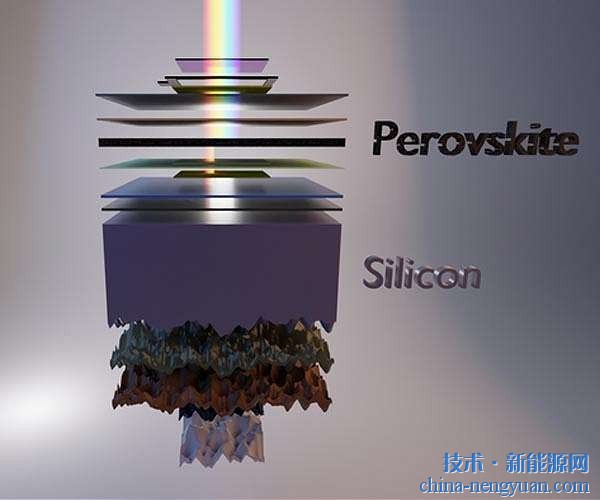Research progress on the photocatalytic properties of fiber materials in Xinjiang Institute of Physics and Chemistry
 |
Photocatalytic technology based on semiconductor materials is widely used in the field of environmental pollutant treatment. Among many semiconductor materials, titanium dioxide (TiO2) has the characteristics of easy availability of raw materials, non-toxic, stable performance, and shows a wide application prospects. However, these materials have the disadvantages of easy aggregation, difficulty in recovery, low utilization of sunlight, and poor separation efficiency of photoelectrons and holes.
In response to the above problems, researchers from the Environmental Science and Technology Research Department of the Xinjiang Institute of Physics and Chemistry, Chinese Academy of Sciences proposed to build a new type of photocatalytic material that can be recycled using TiO2 particles with a hierarchical structure on the surface of fiber materials (Dalton Transactions, 2014, 43 , 12743). The micro-nanostructure on the surface of the material shortens the time for the photocarriers to migrate to the surface of the material, so that the photocatalytic performance of the material is significantly improved. In order to improve the catalytic ability of TiO2 in the visible light region, researchers have developed Ag-AgBr-TiO2/glass fiber composites with plasmon resonance effect (Applied Catalysis B: Environmental 2015, 166–167: 287) and studied materials in visible light. Degradation of methyl orange under conditions (λ ≥ 420 nm). The results show that the degradation rate constant of methyl orange is 0.024min-1, which is higher than noble metal doped TiO2 (0.0037-0.018min-1) and commercial P25 (0.0028-0.015min-1, under ultraviolet light conditions). The decolorization rate of methyl orange remained at above 85% after the material was used 5 times. The reason is that the researchers believe that the narrow bandgap (Eg = 2.6eV) of AgBr and the synergistic effect of elemental Ag plasmon resonance (SPR) make it easier to separate photogenerated electron-hole pairs on the surface of TiO2, thereby improving the visible light response of the material. ability.
The series of research work was funded by projects such as the “Light of the West†of the Chinese Academy of Sciences, the “National Thousand Talents Programâ€, and the “High-level Talent Introduction Program†of the Xinjiang Uygur Autonomous Region. In addition, the scientific research team has recently been supported by the Sino-German Joint Research Project (PPP), which is jointly funded by the National Council for Scholarship Management (CSC) and the German Academic Exchange Center (DAAD). Some members will go to Dresden Polymer Research in Germany. The scientific research cooperation has been carried out to realize the large-scale preparation of materials.
Far Infrared Sauna room
Guangzhou Aijingsi Sanitary Products Co.,Ltd , https://www.hottubdesign.com
